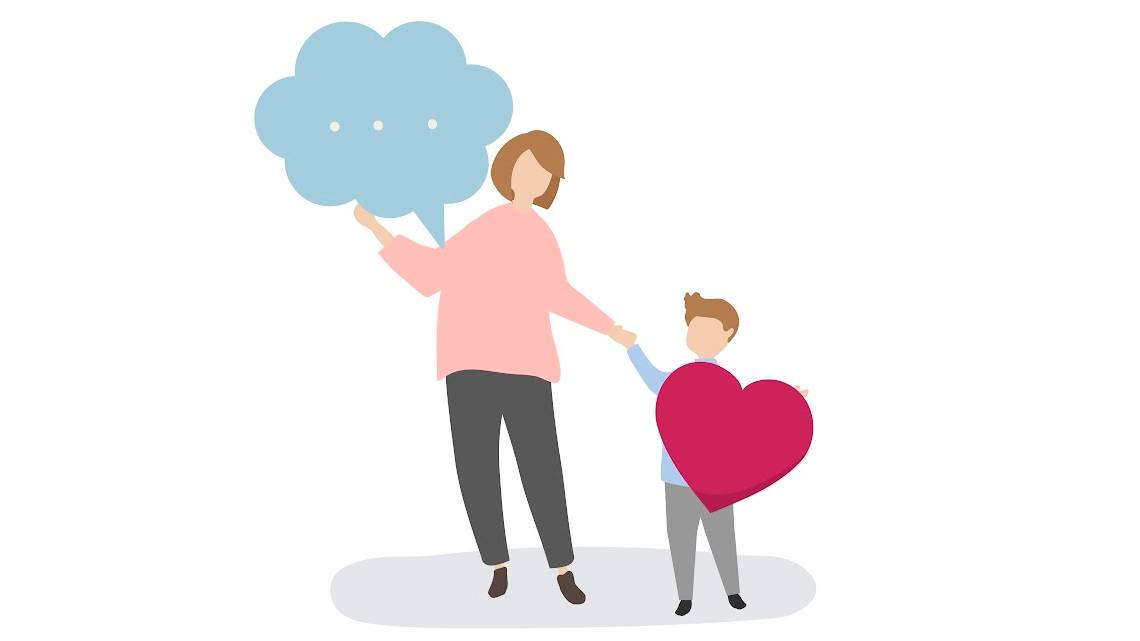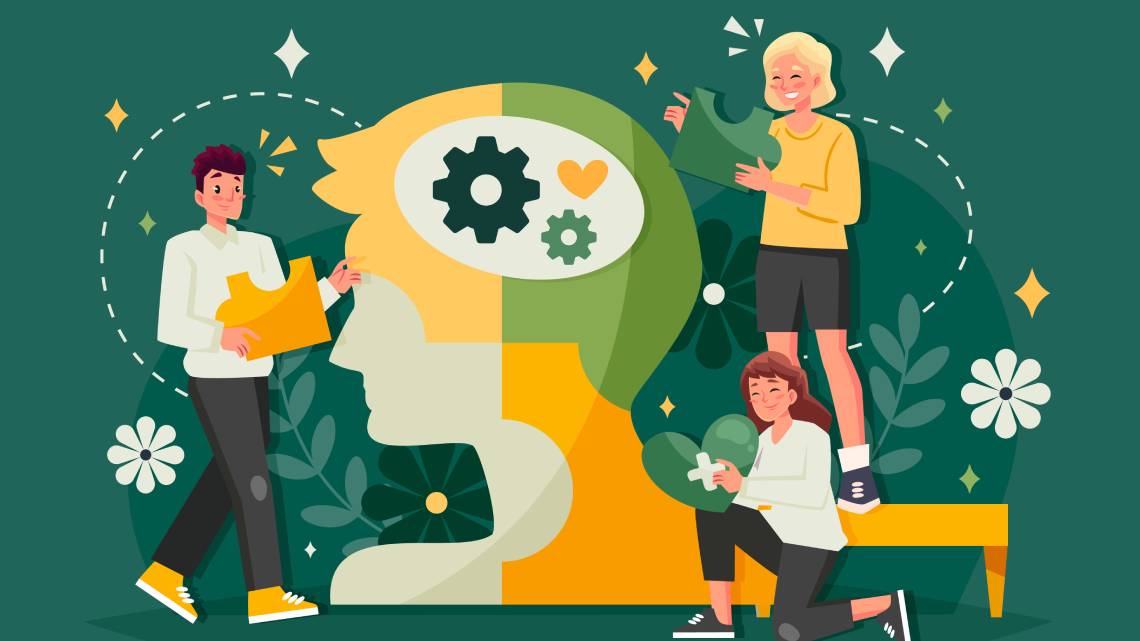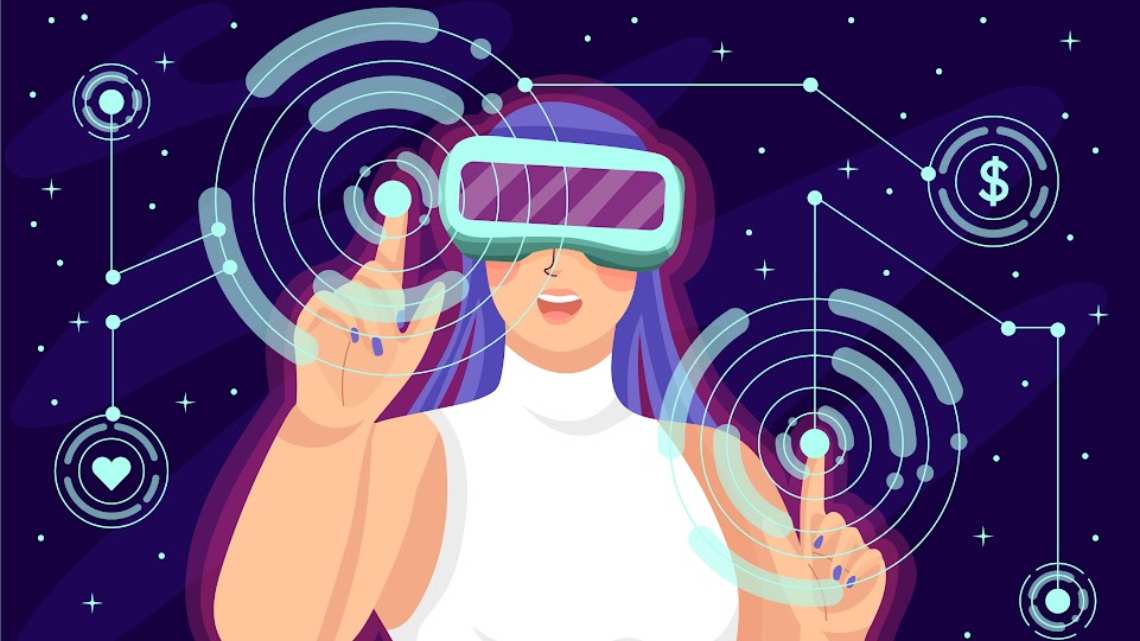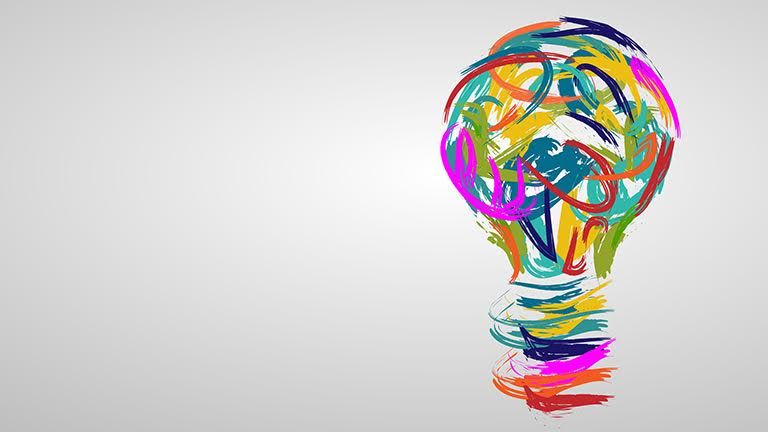
Art Therapy is a unique form of psychotherapy, where exposure to the art materials and the process of image-making, supported by the art therapist, can enable the client to activate his/her creativity to help reach a fuller potential. ( HKAAT)
The interweaving of the arts and mental health is not a new phenomenon; this pairing is as old as human society itself, having deeps roots throughout history across place and time. (Malchiodi 2006) Humans have historically used the arts in integrative ways, particularly within the contexts of enactment, ceremony, performance and ritual. Today Art Therapy is recognised as a mental health profession drawing upon the fields of art and psychology.
Although the essential role of the arts in healing has been recognised by predecessors, evidence based research continues to reveal deeper insights into the health giving benefits of expression in the service of emotional health, stress and illness. The vital need for expressive modalities such as art therapy are being realised and expanded.
Accessing the Unconscious with Art Therapy
People benefit from seeking support from a variety of helping professions at different times in their lives. As adults we are used to being the ‘experts’ of our own problems and generally access this knowledge through our cognitive brain. When we talk about the ‘problem’, we are referring to our known or explicit memories. Surprisingly, only a relatively small percentage of communication in humans is expressed verbally, much of our life data is stored deeply within our implicit memory system which contains data acquired and used unconsciously, and which can affect thoughts and behaviours.
Therefore, using an expressive modality as part of the therapy journey, enables people to access deeply held personal stories, events, or situations through a hands-on artmaking process that can facilitate the exposure of deeply held emotions or even trauma. Both the process of artmaking and engagement with the artwork itself can help people to witness and process their stories, leading to powerful shifts in self-awareness, as well as new perspectives on specific situations.
Many people enter therapy, due to a trauma of some kind, such as a loss or divorce, or a series of traumas throughout childhood, or an abusive relationship or disease or injury. Trauma can be described as ‘specifically an event that overwhelms the central nervous system, altering the way we process and recall memories. “Trauma is not the story of something that happened back then,” “It’s the current imprint of that pain, horror, and fear living inside people.” Van der Kolk.(2014) Trauma lives inside the body and that damage can persist throughout someone’s life. The event and its effects are housed in unconscious memory, and simply remain trapped in the body as a series of sensory imprints. Therefore it can rarely be described or even attributed to the moment, since it took place when the fight or flight response was triggered.
The Role of art in trauma
Art, music and dance are used in trauma treatments as they have the capacity to circumvent the speechlessness that comes with terror, offering other access points to healing. Images are a bridge between the body and the mind and assist levels of information processing that impact physiological and emotional changes in the body. Lusebrink (2004)
Art therapy sessions allow time and space for people to focus on the process of creating art with the art therapist, who as both guide and witness, helps the client themselves to explore the meaning contained within the artwork. This can be an enlightening and powerful process that helps people to access the deeper self in a visual way. The session is a safe container in which the art therapist facilitates understanding of the image/s with the client, using the curious and friendly approach of a co-traveller. This allows people to discuss aspects that they feel comfortable with and ready to discuss. The art work may have enabled the client to access implicit memories which are as yet unrecognised or expressed. The images and objects created can hold or contain feelings that might otherwise be causing health issues or emotional pain; this is why it is always up to the person who created the image to put their own meaning towards it.
There are multiple aspects to the healing capacities of art therapy. The healing potential of art therapy resides very much within the relationship between therapist and client which is an essential component of healing with art therapy. It is based on the principles of trust, empathy, and non-judgment. The session provides a safe container within which the art is made. The artmaking and the art created provide what can be termed the “ medicinal agent”. (McNiff 1992)
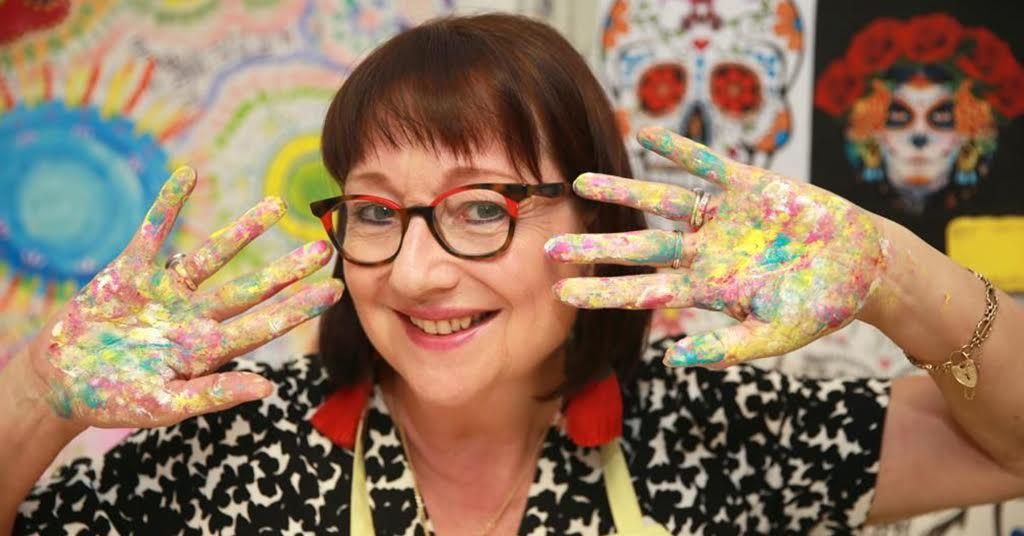
Creating an external canvas of our inner world
Artmaking enables people to externalise their inner world using symbols and images. Not all images have language attached. For example, if offered a word prompt of “water”, people are unlikely to see a word, but may see an image of waves, a raindrop, or a waterfall etc. This means that we can also use symbols and images to illustrate ambiguous concepts, such as pain. People can use words to describe a pain, yet there are many times when words are just not available or accurate. An art therapist may ask someone to draw or paint that pain, which can lead to the discovery of stories around the pain, the depths and the extent of that. The pain can be located, communicated with, understood and eventually healed.
The experience of artmaking is a healing process in and of itself. “Art enables us to find ourselves and lose ourselves at the same time” (Merton 2005).
“When we are involved in creativity, we feel that we are living more fully than during the rest of life. It is authentic expression through art making, music, song, movement, writing, and other forms of arts-based imagination that are central to the equation of why creativity is a wellness practice. Flow experiences can occur in different ways for different people. It often occurs when you are doing something that you enjoy and in which you are quite skilled”. (Csikszentmihalyi 2008)
Art Therapy is a fully recognized mental health profession requiring specialised graduate level training. It’s an established and widely recognized mental health and wellbeing practice with professional associations in Canada, USA, Australia, New Zealand, Britain and other European countries, and it can now also be found widely in Hong Kong, through a variety of clinical, private and educational settings. Professionals practising Art Therapy in Hong Kong need to be fully accredited and affiliated with the Hong Kong Association of Art Therapists (HKAAT).
Art Therapy stands at the intersection of creativity and wellbeing, providing an invaluable resource for those navigating the complexities of trauma and emotional distress. By harnessing the power of artistic expression, individuals can uncover hidden narratives, process their experiences, and ultimately foster personal growth. As we continue to explore the profound connections between art and mental health, we reaffirm the timeless truth that creativity is a powerful catalyst for healing and transformation.
Photo Credits:
First image: hatchakorn Srisook
Second image: Katie Flowers
References
Csikszentmihalyi, M. (2008) Ted Talk: Flow, the secret to happiness.
Van der kolk,B. (2014) The body keeps the score: Penguin books
Lusebrink,V.B.( 2004). Art Therapy and the brain: An attempt to understand the underlying processes of expression in art therapy. Art Therapy: Journal of
the American Art Therapy Association, 21(3),121-125
Malchiodi ,C.A.(2006 ). The art therapy sourcebook.Los Angeles:Lowell House
Merton,T.( 2005) No man is an island : Shambala Library
McNiff, S. ( 1992) Art As Medicine: Creating a Therapy of the Imagination: Shambala Library
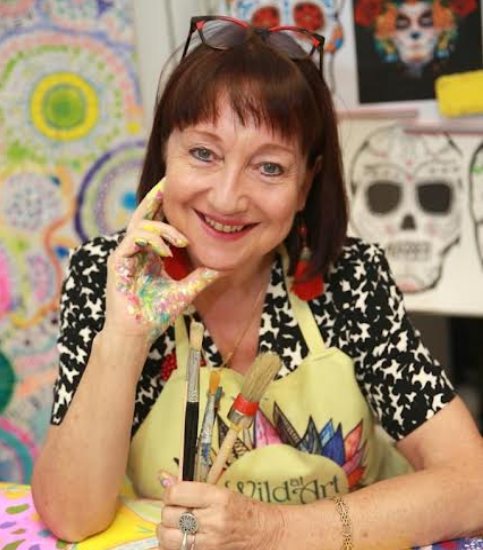
Katie Flowers
About the author
Katie Flowers is an Art Therapist, Art Educator, and Mixed Media Artist at Wild at Art Studio in Central. With a passion for fostering creativity, she guides workshops focused on emotional health and self-care, helping individuals reconnect with their creative selves to promote healing and personal growth.
Recently Added
Parental mental health plays a monumental role in a child’s social, emotional, behavioural and psychological development. Parents and caregivers are central to …
Cognitive behavioral therapy (CBT) was initially developed by Aaron Beck in the 1960s and it is based on the cognitive model of …
Artificial Intelligence or AI, as we like to call it, has become a part of everyday operations, enhancing everything from manufacturing automation …

